June marks a shift in the wildflower season as we begin to see our indigenous trees flowering and bearing young, unripened fruits such as Crataegus aronia (Spiny Hawthorne) and Arbutus andrachne (Eastern Strawberry Tree). Whereas some trees will still have their flowers early this month, you’ll find the fruits toward the end of June.
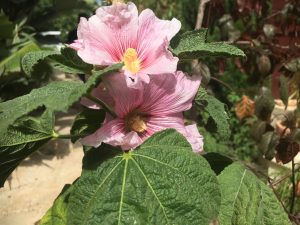
Bristly Hollyhock
الخطمي الهلبي، خف الجمل
You will also discover Chiliadenus iphionoides (Sharp varthemia), Echinops adenocaulos (Globe Thistle), Opuntia ficus-indica (Prickly Pear), Nepeta curviflora Boiss (Syrian Catnip), Alcea setosa (Bristly Hollyhock), Daucus carota (Wild Carrot), and Capparis spinosa (Capers). I’ve only found two stories of the caper plant being used in Palestine –though I am certain it was historically used. How can it be that an edible native plant that has healing properties was not utilized by our ancestors? Impossible, though I have yet to find traditional knowledge to the contrary. At our home we pick the caper buds before they flower and pickle them, first curing the buds in water as we do with olives. The plant also makes berries which can be similarly pickled.
And lastly a comment on Prickly Pear. This amazing plant that has become a symbolic reference to Palestinians’ ethnically cleansed villages is actually not indigenous. However, because it thrives in our climate and holds such great cultural and culinary value in Palestine, we have come to think of it as native, so I’ve included it here.
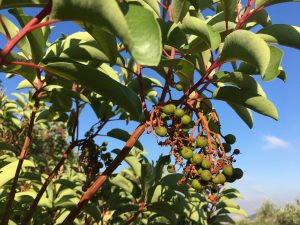
Eastern Strawberry Tree
قيقب
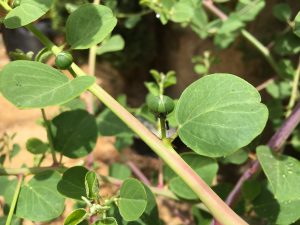
Capers
كبر
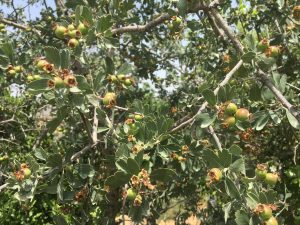
Spiny Hawthorn
زعرور
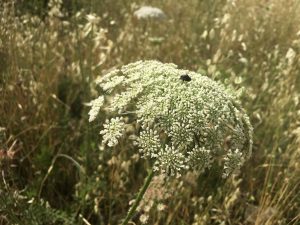
Wild Carrot
لذيقة, يربرزج, جزر بري
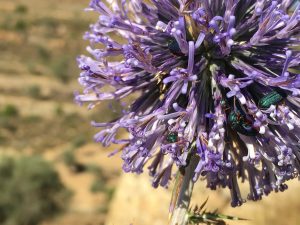
Globe Thistle
قوص
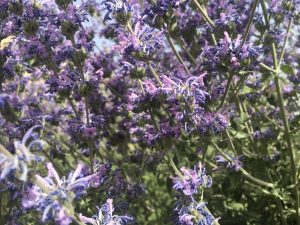
Syrian Catnip
مقرم مقوس الزهر، شيع
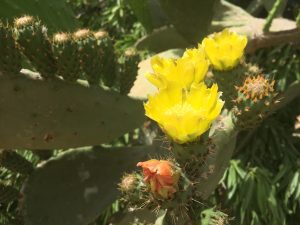
Prickly Pear
الصبار

